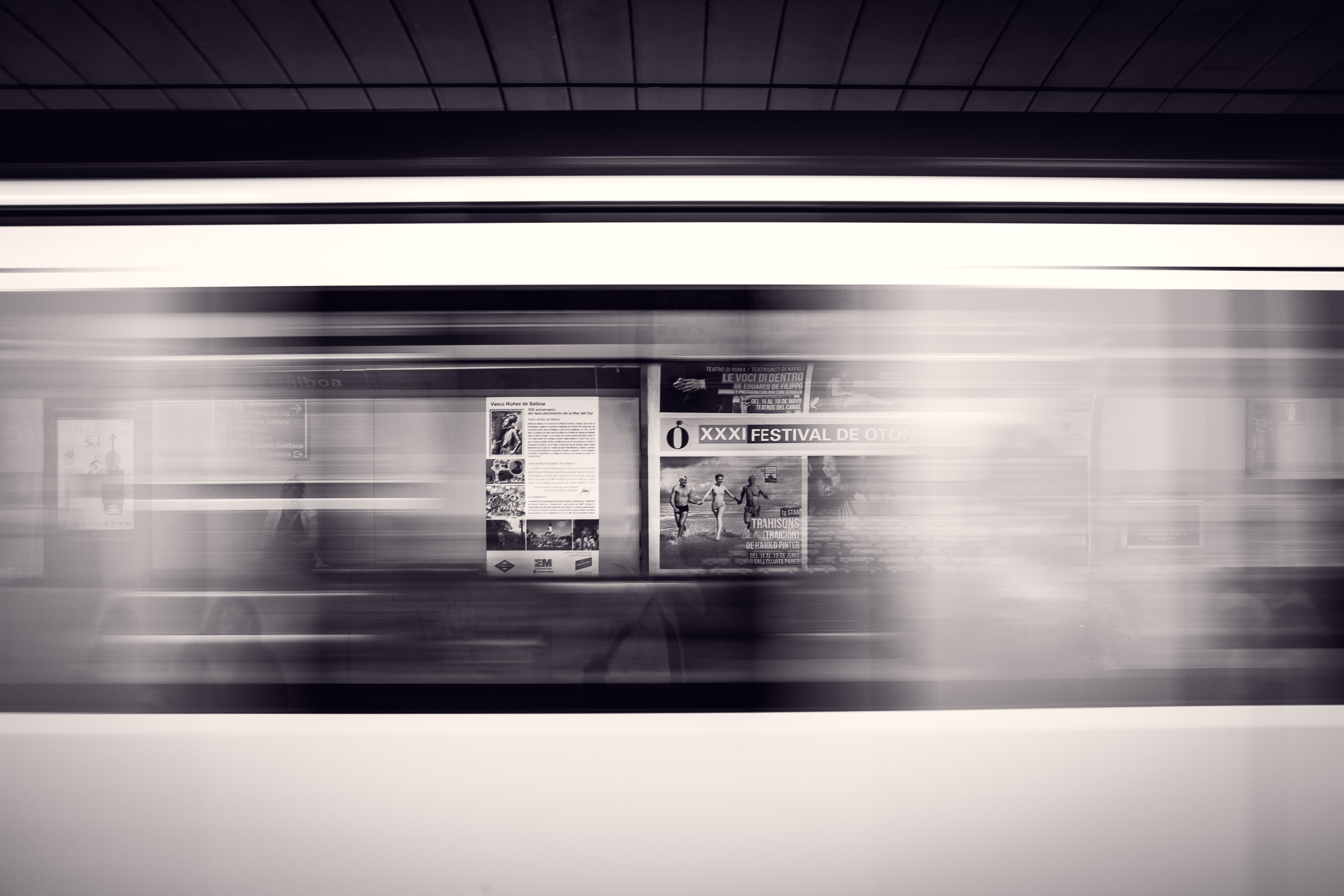I went to an English boarding school, and they’d put twelve boys in the same room to do homework (prep) every evening.
Nathan would race through his work so that he had time to read his beloved novels.
I’d look over at him nose-deep in the latest Sebastian Faulks (no joke, we were thirteen), while I fumed, toiling over my essay.
Surely Nathan had poor results, because he was a ‘rusher,’ right?
Wrong. He was a grade A student, consistently at the top of the class.
How did he do it?
He was intelligent, sure, but there was something else that made him different to us mere mortals.
He’d developed the skill of working fast while focused on the task.
No throwing paper airplanes and whispering messages to the other lads.

Back then, I saw Nathan as a bit of a dweeb, and he got on my nerves.
Today, I have total respect for him.
To create impact in a noisy world, a sound strategy is to produce a lot. And that is hard. We associate speed with poor quality. We think we’ll trip and make more mistakes when we work fast.
But making spectacular things, and quickly, is possible.
People do it all the time. Not geniuses, but everyday people like you and I. We too can be like Nathan (and Picasso, and DaVinci and that fiction-writing machine Enid Blyton) if we incorporate speed into our process.
Speed doesn’t apply to everything, and nor should it.
I’m talking about speed in bursts for the things that can be done quickly, with time for reflection, slowing down, and rest too.
But imagine how things would change if you could produce at twice, three times, quadruple your output, with better work?
What would your life look like if you could write a great story or an article every day of the week. Two in a day? A book a month?
Again, possible.
How?

We make SPEED the priority on a select few things.
Brainstorming, writing, sketching, admin, sending emails…
You can train to be faster in all of these.
We train ourselves to work fast in compressed sprints, just like Nathan did.
The benefits are many:
- We develop our technical and creative skills.
- We have more content and products to share and build a following quickly.
- We produce better work through a more intense practice, and we do it in such a way that uses less planning and thought, and more in-the-moment flow.
“Don’t think. Thinking is the enemy of creativity. It’s self-conscious, and anything self-conscious is lousy. You can’t try to do things. You simply must do things.”~Ray Bradbury
- We have time left over to further develop ourselves and our businesses, and to do other things (like slowing down and enjoying the other side of life).
Of course, this takes practice. We can’t all be speed freaks the first time.

Training for speed requires three things:
- A clock counting down to a deadline.
- Your willingness to commit to every second within that countdown.
- Doing this repeatedly on similar tasks until you get faster.
When we create with this urgency, we are recreating the conditions of raw survival.
The ticker on the clock is like the walls closing in for Indiana.
When your time is running out your body activates emergency rations of creativity.
It helps us get serious about what to focus on; what matters, and what to drop.
You have to think fast when you are in perceived “danger.” You will be given ideas that you never knew were there.
It’s not about rushing. It’s about getting in the zone.

Working with speed allows us to tap into what we are capable of, and when we enter that realm, we will surprise ourselves.
This is why we marvel at the amazing feats of resilience, productivity and hard work associated with people who acted with urgency — with a need for speed.
We need to embrace working fast, not to view it as a sign of impatience and poor quality, but as the gateway to brilliance.
—
What are you getting faster at?
If you have 11.25 seconds, I’d love to read your comment below.
Originally published at www.redlemonclub.com on November 10, 2017.
Originally published at medium.com


